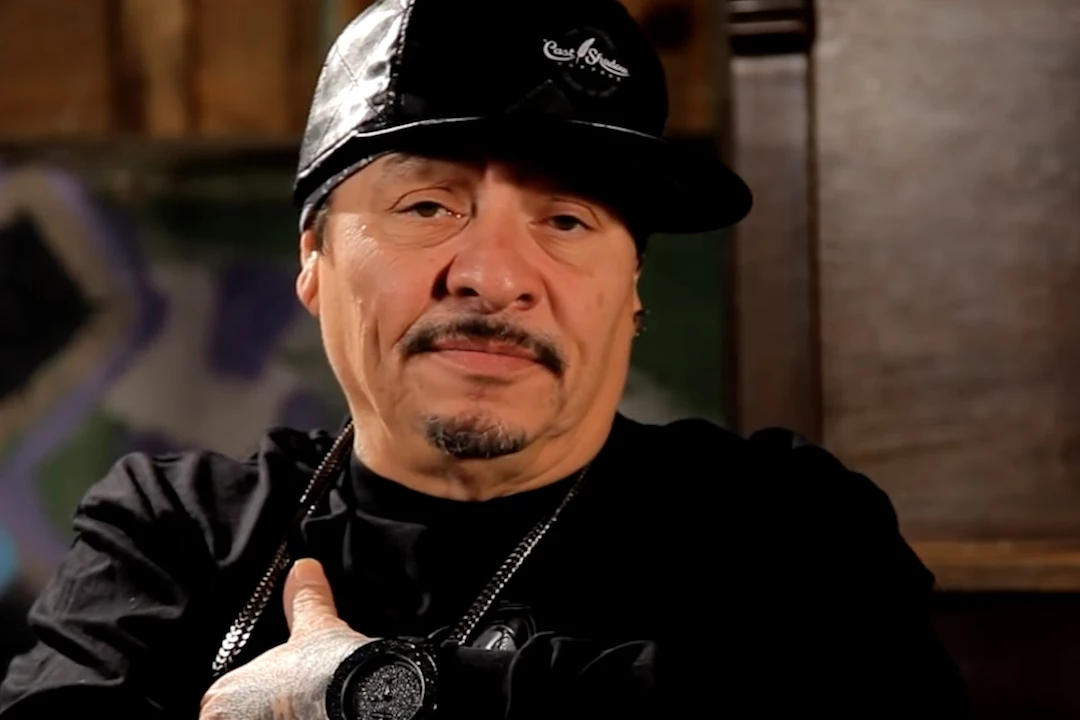
Art by Stephany Torres for RemezclaĪlthough its cultural impact is undeniable, “La Raza” was considered a fluke in more than one way.

But the word choices can’t be ignored, and they’re half the reason the song still slaps to this day. From day one, Frost insisted that violent imagery is a metaphor for breaking through negativity. In 1990, Frost told the Los Angeles Times that the song is “a trip into the mind of a cholo,” mixing up Mexican-American slang or caló with gangsta rap imagery and macho posturing to paint a picture of what it feels like to be who you are. “La Raza” is not a clear cut song and that makes it special it doesn’t try to preach peace and unity and it doesn’t relish in stereotypes-it dips its toe in both. Lyrically, it also references Chicano poets from the ‘60s and ‘70s who mixed caló with English. However, there’s no pussyfooting around “La Raza.” Featuring a beat constructed from El Chicano’s 1970’s track “Viva Tirado,” the song serves as a way to bridge generations of U.S. The album features samples ranging from Black Sabbath and Michael Jackson to Cheech & Chong and War.

Hooking up with the production team formed around the KDAY radio station in Redondo Beach, CA, Kid Frost recorded his debut album, Hispanic Causing Panic. His experiences during these transitional years helped ground his lyricism to his reality. He retreated to backyard parties and lowrider car shows where he would perform directly to his people: Chicanos and Latinos from East L.A. In fact, Frost has been quoted saying that Mexicans were not interested in hip-hop until gangsta rap became a thing. He followed suit, switching up his style.
#La rasa kid frost free
“The streets weren’t free no more and the music wasn’t so happy no more,” he says in the Netflix docu-series Hip-Hop Evolution. member DJ Yella) and 1985’s “Terminator,” are considered essential electro classics.įrost dropped out of breakdancing and immersed himself in street life, where he joined gangs and lived a hard life. His first solo singles, 1984’s “Rough Cut” (produced by future N.W.A. Considering his life story, Kid Frost could be considered another pioneer on the list.īorn Arturo Molina Jr, Frost started rapping in 1982 and landed on venerable breakdance crew/electro pioneers Uncle Jamm’s Army along with other legends in the making, Ice T and Egyptian Lover (Frost’s nickname came from battling T on the regular). from Fearless Four, Rubie Dee and Prince Whipper Whip of the Fantastic Five and The Mean Machine who made “Disco Dream”-perhaps the world’s first Spanglish hip-hop song. Latines in hip-hop go way back There was the Rock Steady Crew conformed mostly by Puerto Rican kids, DJ Charlie Chase from Cold Crush Brothers, Devastating Tito and Master O.C. That track was “La Raza”, by Ace’s friend and eventual bandmate, Kid Frost. Another song then sparked a chain reaction that affected the very fabric of the genre and gave a voice to millions of people. Looking back, its impact proved to be the prelude to a larger revolution in hip-hop. The song in question was “Mentirosa” by LA rapper Mellow Man Ace. In 1990, a hip-hop song with lyrics in both Spanish and English made it to the charts, marking a historic event in the U.S.

Welcome to Ponlo En Repeat where we revisit Latinx music history’s biggest hits, misses, and unbelievable moments while taking at look at how they impact our world today.


 0 kommentar(er)
0 kommentar(er)
